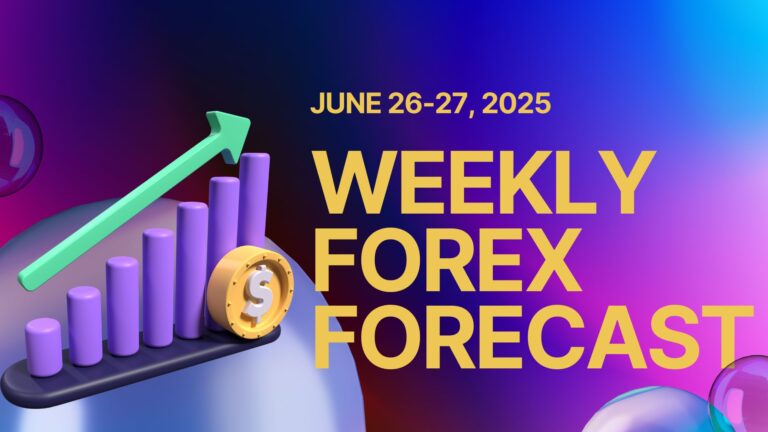Forex trading is one of the largest and most liquid financial markets in the world, with a daily trading volume exceeding $7 trillion. Yet, many people still wonder: Forex trading, how does it work? More importantly, how can traders profit from it? In this guide, we will break down the basics of forex trading, its mechanics, strategies for success, and key tips to maximize your profits.
What Is Forex Trading?
Forex (foreign exchange) trading is the act of buying and selling currencies to make a profit. Unlike the stock market, which operates through centralized exchanges, forex trading takes place over-the-counter (OTC) through a global network of banks, brokers, and financial institutions.
Key Features of Forex Trading:
- 24-Hour Market: Forex operates 24 hours a day, five days a week.
- High Liquidity: The market is highly liquid, meaning traders can enter and exit positions quickly.
- Leverage Opportunities: Forex brokers offer leverage, allowing traders to control larger positions with a smaller amount of capital.
- Currency Pairs: Trading occurs in currency pairs, such as EUR/USD, GBP/JPY, or USD/CHF.
Forex Trading: How Does It Work?
Understanding how forex trading works involves grasping key concepts such as currency pairs, bid and ask prices, spreads, and leverage.
1. Currency Pairs
Every forex trade involves two currencies, forming a currency pair. The first currency is the base currency, while the second is the quote currency. For example, in EUR/USD:
- EUR is the base currency.
- USD is the quote currency.
If the EUR/USD price is 1.1000, it means 1 euro is worth 1.10 US dollars.
2. Bid and Ask Price
- The bid price is what buyers are willing to pay.
- The ask price is what sellers are asking for.
- The spread is the difference between the bid and ask price, representing the broker’s fee.
3. Leverage and Margin
Leverage allows traders to control large positions with a fraction of the capital. For example, with 100:1 leverage, a trader can control $100,000 with just $1,000 in their account. While leverage amplifies profits, it also increases risk.
4. Market Orders vs. Pending Orders
- Market Order: Executes immediately at the current price.
- Limit Order: Executes when the price reaches a specified level.
- Stop-Loss Order: Closes a position to prevent further losses.
How Can You Profit From Forex Trading?
Profiting from forex trading requires a combination of knowledge, strategy, and risk management. Here are the primary ways traders make money in forex:
1. Trading Currency Pairs
Forex traders profit by buying a currency pair at a low price and selling it at a higher price (long position) or selling first at a high price and buying later at a lower price (short position).
Example:
- If you buy EUR/USD at 1.1000 and sell at 1.1050, you make 50 pips in profit.
- If you short EUR/USD at 1.1050 and buy back at 1.1000, you also profit by 50 pips.
2. Using Technical and Fundamental Analysis
- Technical Analysis: Traders use charts, indicators (like moving averages, RSI, and MACD), and patterns to predict price movements.
- Fundamental Analysis: This involves analyzing economic reports, interest rates, and political events that affect currency values.
3. Scalping, Day Trading, Swing Trading, and Position Trading
- Scalping: Making quick trades for small profits within minutes.
- Day Trading: Entering and exiting trades within the same day.
- Swing Trading: Holding trades for days or weeks to capture larger price swings.
- Position Trading: Holding trades for weeks or months based on long-term trends.
4. Managing Risk
- Use Stop-Loss Orders: Limit potential losses.
- Control Leverage: Avoid excessive leverage to reduce risk.
- Diversify Trades: Avoid putting all your capital into one trade.
Common Mistakes to Avoid in Forex Trading
Many beginners lose money due to common mistakes such as:
- Overtrading: Trading too frequently without a solid strategy.
- Ignoring Risk Management: Not using stop-loss orders or risking too much capital.
- Emotional Trading: Letting fear or greed dictate trading decisions.
- Lack of Education: Trading without understanding the market.
Getting Started in Forex Trading
If you’re ready to start trading forex, follow these steps:
- Choose a Reliable Broker: Look for a regulated forex broker with good trading conditions and a user-friendly platform.
- Open a Trading Account: Complete the registration process and deposit funds.
- Learn and Practice: Use a demo account to practice trading strategies without risking real money.
- Develop a Strategy: Create a solid trading plan based on analysis and risk management.
- Start Trading Live: Once confident, transition to a live account and trade with real money.
Final Thoughts
Forex trading offers exciting opportunities to profit, but it also carries risks. Understanding forex trading how does it work is the first step to success. By learning the fundamentals, using solid trading strategies, and managing risk effectively, you can increase your chances of making consistent profits.
Are you ready to explore the world of forex trading? Start by gaining knowledge, practicing with a demo account, and developing a disciplined approach to trading. With time and experience, you can turn forex trading into a profitable endeavor.



